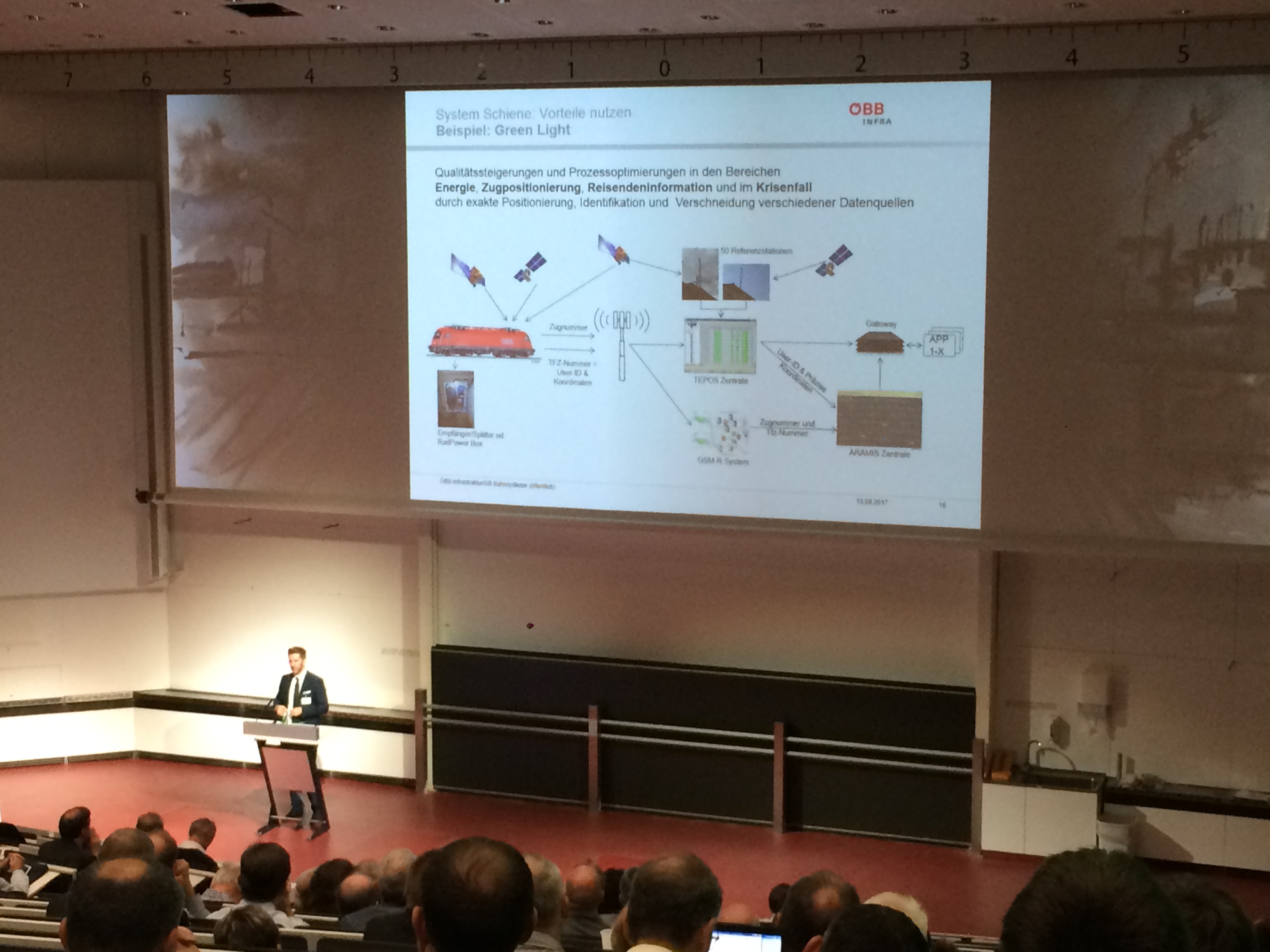‘Driverless trains draw young talent to railway sector’

Implementing Automatic Train Operation (ATO) in the rail freight sector will attract specialists and young talent. That is the expectation of Christian Sagmeister of ÖBB Infrastruktur AG, which currently works on the preparation of the Austrian railway for the implementation of ATO. Sagmeister spoke last week at the international Schienenfahrzeugtagung of the Technical University of Graz, Austria.
The rail freight sector can use a boost, he believes. “The concept of rail freight is complex and knows many hurdles. There are obstacles in the railway system, it is hard to invest in innovations and if there are innovations, it takes very long before these are implemented. Besides that, it is hard to make the industry appealing to specialists and talents.” The implementation of ATO will therefore benefit this sector in particular, he explained.
Popularity railway
ATO has the potential to increase the popularity of railway, Sagmeister said at the conference. “Train services will become more punctual and efficient and air pollution will decrease.” The railway expert also referred to recent research of the MIT (New York), IFT (Lisbon) and VDV (Stuttgart), concluding that ATO will contribute to a reduction in the number of fatalities and injuries on railway.
Professor Peter Veit of the TU Graz, also chairman of the day at the conference, emphasised that we should not hold back embracing ATO. “The system knows some risks, but also many advantages for train operations.” According to him, it is a misunderstanding that ATO will replace the train driver.
Automating train operation
Sagmeister explained about the four stages of automating a train operation, also referred to as the Grades of Automation (GOA). The first grade involves a manual ride with a train supervisor, where the driver operates the train. The second grade is a semi-automatic train ride; it is automatic from departure till the point it comes to a stop, but the driver boots up the train and operates the doors.
He referred to the third grade as a supervised, driverless train ride (Driverless Train Operation). During this operation, a supervisor and driver are onboard. Only in a fourth grade operation there is no staff onboard and the train moves completely autonomous. This is called a Unattented Train Operation (UTO), which already exists in metro systems.
Sagmeister expects that in the trains of OBB, a driver will remain present onboard of the train with the implementation of ATO. “We want to utitlise the automation of the operation to the fullest extent possible.” ATO can prove beneficial in bottleneck sections or other complex railway situations, he added.
 Sagmeister: “Railway is characterised by a complex system landscape.”
Sagmeister: “Railway is characterised by a complex system landscape.”
Complex system landscape
Railway is characterised by a complex system landscape, the railway expert stated. “We must connect systems and develop intelligent data management employing big and smart data.” He continued that standardising hardware and software would result in more flexibility and referred to the European security system ERTMS, which according to him already knows a high degree of flexibility. The implementation of ATO will, as with ERTMS, benefit from an international approach, he said.
Furthermore, he emphasised the importance of preventing railway from potential cyber attacks, as the implementation of ERTMS and ATO goes hand in hand with deploying data systems. As an example, he refers to the recent cyber attack on the systems of railway operator Deutsche Bahn by the WannaCry virus. “A team of specialists is dealing with such threats and we are currently working on a group-wide implementation.”
He concluded saying that the technique to implement ATO on the Austrian railway network is there and the focus is now on taking the needed precautionary measures.
Also read:
ATO and cyber security central themes at Intelligent Rail Summit
Christian Sagmeister of ÖBB Infrastruktur AG will give a presentation on the 29th of November at the Intelligent Rail Summit 2017 in Vienna. Please visit the conference website for more information: https://www.railtech.com/intelligent-rail-summit-2017/
You just read one of our premium articles free of charge
Want full access? Take advantage of our exclusive offer






